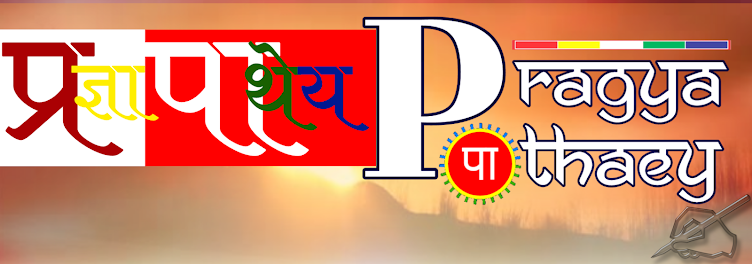Meditation
Mahapragya himself is a great practitioner of meditation, spirituality, Mantras, Anekaant, and nonviolence. He has written extensively on these topics. He is practicing meditation since his twenties. He also has high regards for Mantra chanting (recitation of special letters and words) and practice it daily. He says from his experiences that Mantra can help people in awaking his hidden powers.
Mahapragya observes silence (Mauna) for more than three hours during the evening hours.
Disciplines of Monkhood
Mahapragya took five major vows as a part of initiation to monkhood at the age of ten. These Mahavrata are Non-violence (Ahimsa), Truth (Satya), Non-stealing (Asteya), Chastity/Celibacy (Brahmacharya), and Non-possession/Non-attachment (Aparigraha). As a Jain Muni (monk), he has to travel only on foot and can't use vehicle unless and until he is incapable of walking. He does not eat after sunset and before sunrise. He does not cook food but has to go out for alms. He accepts only vegetarian food. He does not own a house. He cannot stay in a single place for long periods. He constantly has to change places and can only move in to a house with the owner's permission.
http://en.wikipedia.org/wiki/Acharya_Mahapragya


